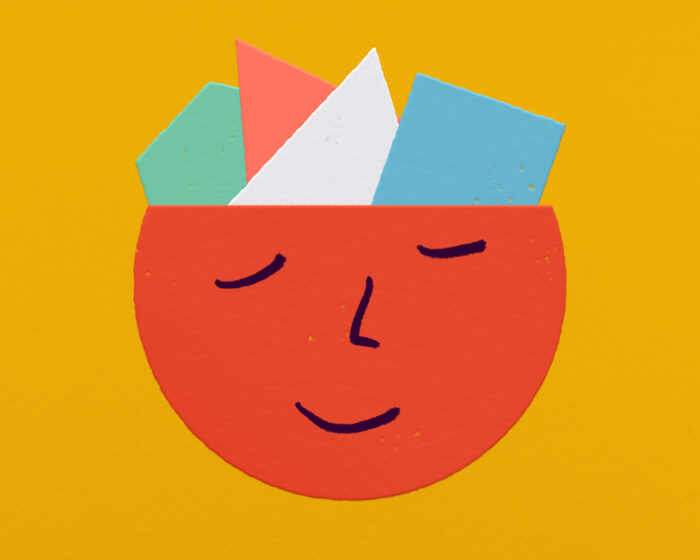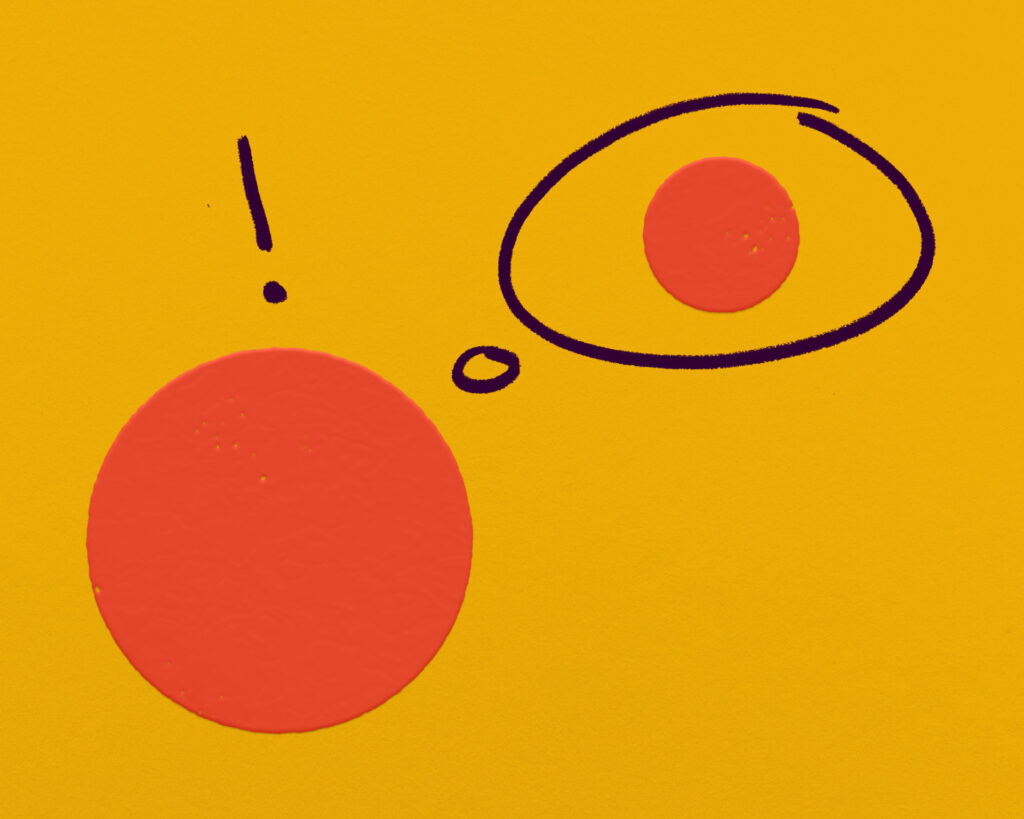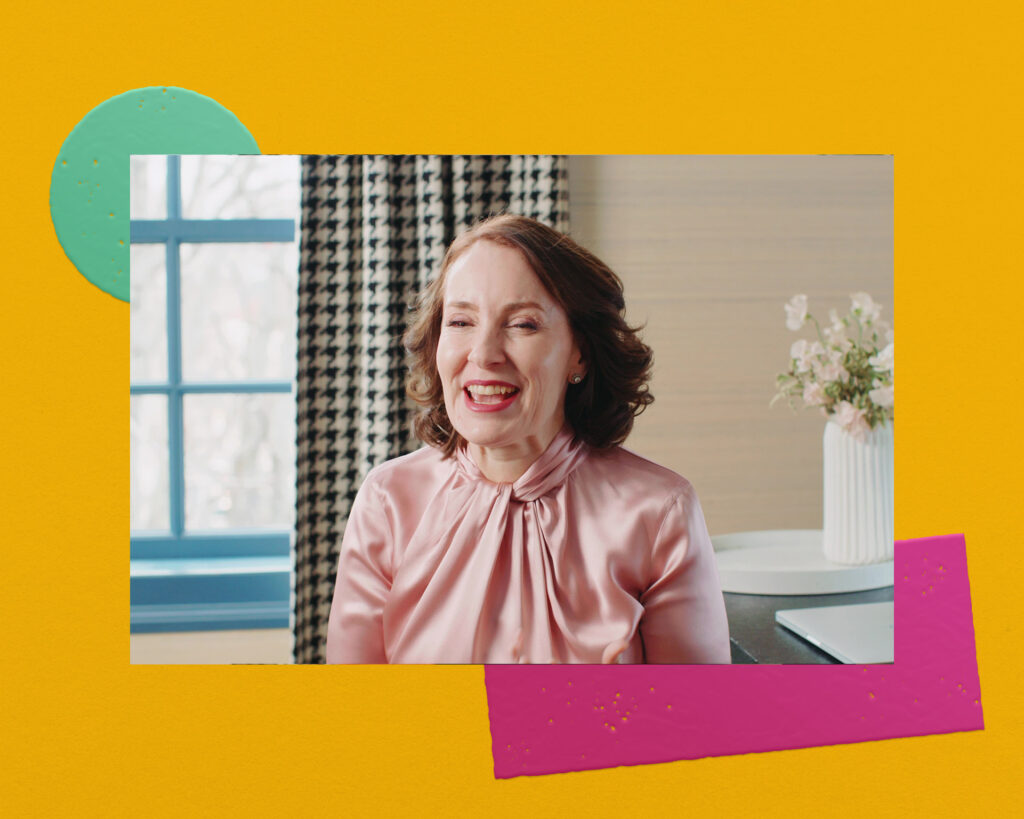People have used meditation for ages to dissolve the fusion between thought and thinker, impulse and action, freeing the mind from some of its tighter constraints and distorted interpretations.
When these sorts of practices first became popular with Westerners in the late sixties (despite being geographically introduced much earlier than that), the operative phrase was “Be here now.” The idea was that the undisciplined mind is easily distracted, whipsawing back and forth in time, engaging with “push” memories of the past and “pull” projections of the future.
It’s only by being fully grounded in the present and attuned to the “now” that we can deal with the moment in an emotionally agile way.
While many forward-thinking individuals in the sixties (such as The Beatles) whole-heartedly integrated Eastern practices into their lives and work, the widespread recognition of the benefits of meditation didn’t come about until later, when significant research in the behavioral and cognitive sciences redefined them in the scientific terms more familiar to the Western world view. Since then, much of the focus in this field has been on a technique for paying attention, on purpose and without judgment.
That technique is called mindfulness.

Harvard researchers performed brain scans on sixteen people before and after they took an eight-week mindfulness-training program to reduce stress. The results showed changes in the brain regions associated not just with stress but also with memory, sense of self, and empathy.
It appears that practicing mindfulness improves the connectivity inside the brain’s networks that keep us from being distracted. By paying attention to what’s going on around us, rather than ignoring it or just going along with the program, we can become more flexible and insightful.
However, mindfulness isn’t a silver bullet solution. The idea that everything you do, every moment of the day, should be approached with purposeful in-the-moment attention is ridiculous. You really don’t need to take out the recycling mindfully or comb your hair mindfully—that is, unless you find it rewarding.






 Take the Quiz
Take the Quiz